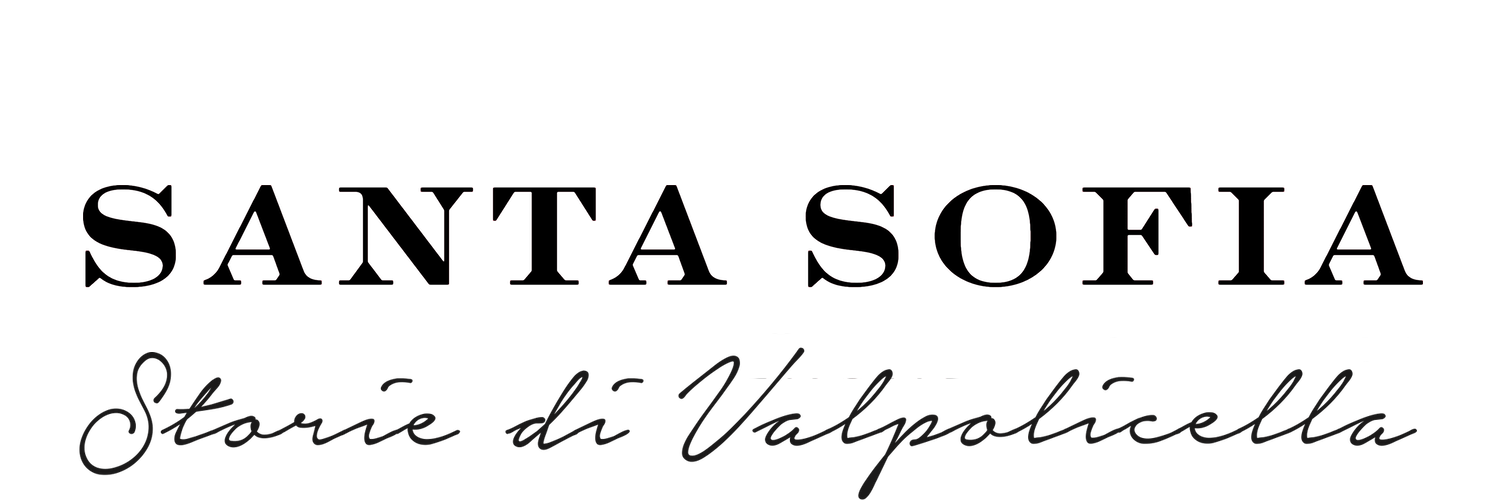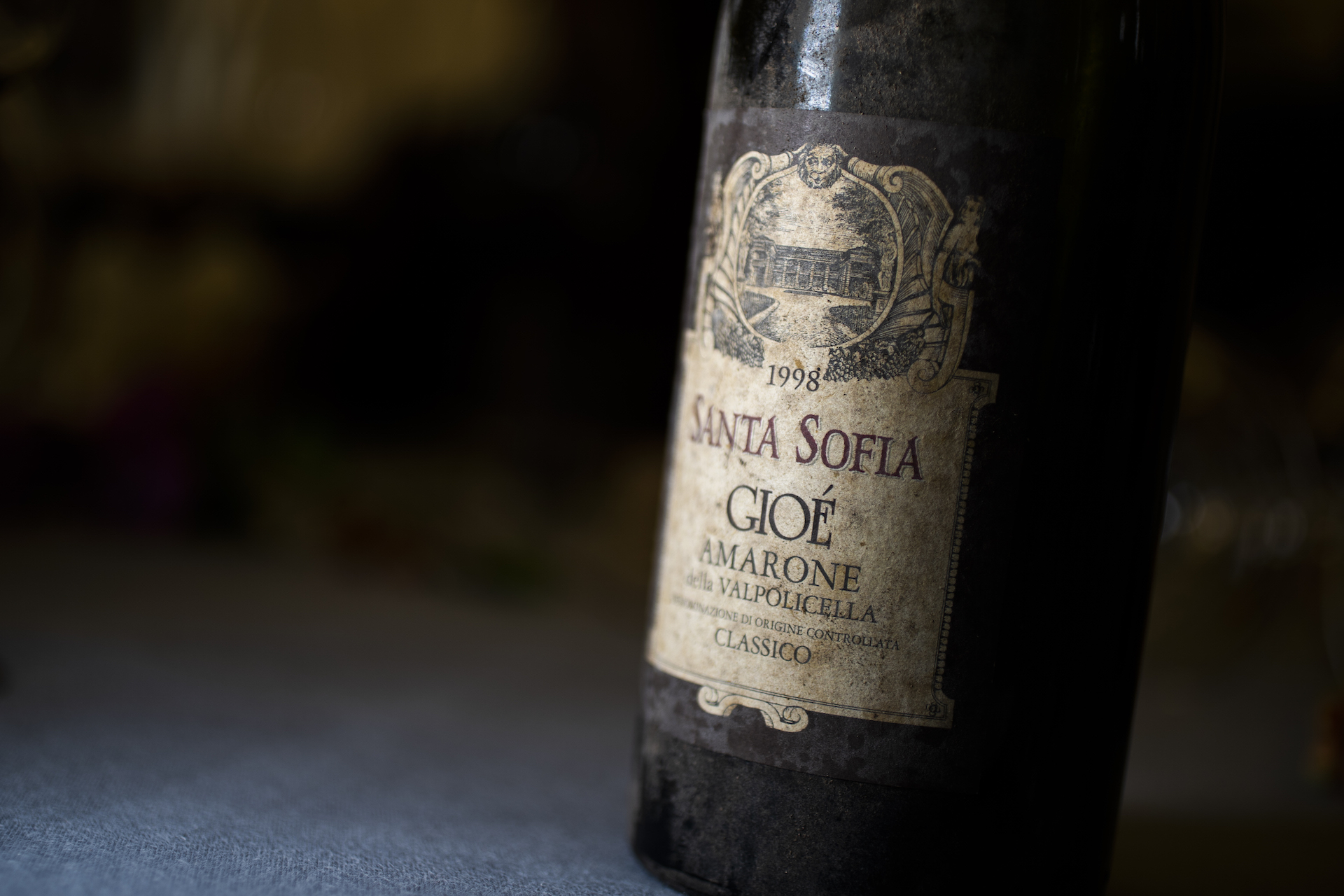Santa Sofia, Valpolicella in the heart

Santa Sofia, Valpolicella in the heart
There is silence in the room, when a relic emerges from the secret rooms of Santa Sofia: Gioè 1998, Amarone della Valpolicella. I examine it glides down into the glass, rests and takes a breath. I hear it expresses memories still alive, exploding in a sip for which it is a difficult task to exhibit the usual indicators of old age. I grope it with all my senses, to get this sensation of dazzling elegance, generous prosperity, smiling austerity. Gioè ’98 is all there is to tell you about this wine and this land, and you do realize that the chatter about Amarone’s ability to bring itself to the table is simply a linear function of time. Let it run and you will get me.
An autumn morning dressed in spring, in Valpolicella, listening to the quiet story – quiet in the telling, but vibrant in its substance – by Luciano Begnoni, today “front man” of the historic winery of San Pietro. Stories of the history of this reality that dates two centuries, but draws many calendars back, since the wine here was a matter of monks and a few more. Sun beams that illuminates the pergolas of Montegradella first – one of the high altitude estates of Santa Sofia – and the ancient walls of the Palladian villa then. Because the history of this wine is not enough to corroborate an atmosphere already full of suggestions and values, thick, deep. It adds a charm all Italian, all Venetian, also Villa Santa Sofia, called Villa Serego.
The historic winery was built just a couple of centuries ago, recovering the barn and the basement of the only Palladian villa we can find in Verona. Designed by Palladio in the second half of the 1500s, although it remained unfinished, grounding only a minority part of the grandiose Palladian project, it retains the classical magnificence of the great architect.
“Luster and limit” says Begnoni, practical and responsive as you expect from a child of times and places: he is already busily working on a new winery, “eight times bigger and already small”. After all, walking in the crypts of the villa you can only get excited in the moulds and shadows, and at the same time tremble, for all the limitations that this environment imposes, being built for a different purpose. Rooms that used to be refectories, of which the large fireplaces are still visible today, are now location of the barrels.
Yet there is something in the wines of Santa Sofia that refers to the vertical perspective of Palladian projects. Whether striking or not – incremental, thanks to the amazing setting of the lunch at the Amistà of the Byblos Art Hotel – the reds of the House tear more than a smile: Ripasso above all, adorned by the velvety pasty that frequently caress the type, and soared in an admirable harmony of freshness and agility that surprises and convinces.
Even more so than the imperturbable youth of Gioè 2013: frankly consistent with the “hand” of Santa Sofia, but still just as ready for a very long rest.





